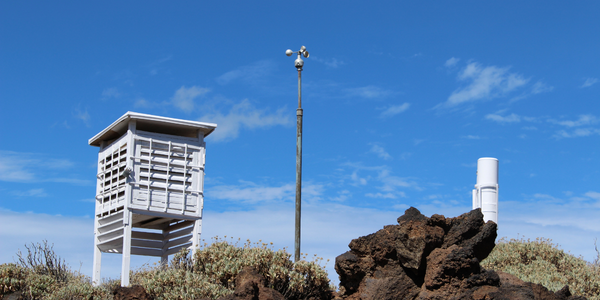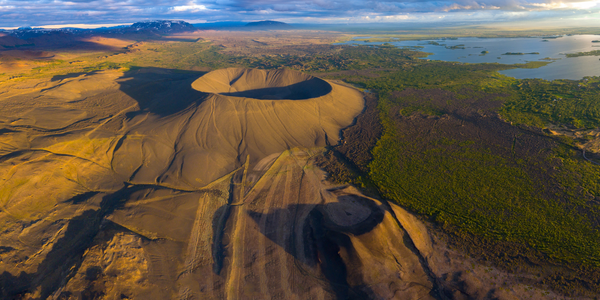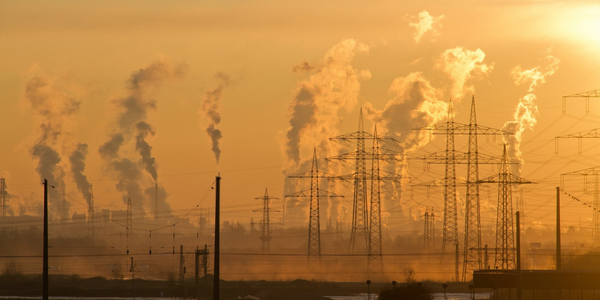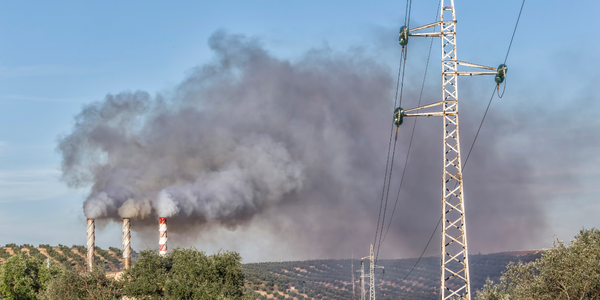下载PDF
Mama Loves Ya's Journey Towards Carbon Neutrality with Greenly
技术
- 传感器 - 环境传感器
- 传感器 - 温度传感器
适用功能
- 产品研发
用例
- 连续排放监测系统
- 室外环境监测
挑战
Mama Loves Ya 希望进行温室气体评估,以减少排放并致力于保护环境。
关于客户
Mama Loves Ya 是一家致力于帮助电子音乐行业新兴艺术家发展职业生涯的机构。他们制定了 10 项尊重环境和协作的承诺。
解决方案
Greenly 提供了简单直观的碳测量解决方案,帮助 Mama Loves Ya 进行温室气体评估。他们还帮助妈妈爱雅制定了强有力的环境政策以减少排放。
运营影响
数量效益
相关案例.

Case Study
Vestas: Turning Climate into Capital with Big Data
Making wind a reliable source of energy depends greatly on the placement of the wind turbines used to produce electricity. Turbulence is a significant factor as it strains turbine components, making them more likely to fail. Vestas wanted to pinpoint the optimal location for wind turbines to maximize power generation and reduce energy costs.

Case Study
Monitoring Unmanned Weather Stations
Unmanned weather stations play an essential role in the effort to analyze and predict the world's ever-changing weather patterns. The unmanned stations collect and store large amounts of weather data and then download the data at regular intervals to a back-end host for analysis and long-term storage. The computing device housed in the weather station must be robust enough to work continuously for long periods of time while exposed to a wide range of temperatures. It should also be able to collect readings from various sensors that use different data transmission protocols, and have the capability to store large amounts of data.

Case Study
Predicting Eruptions in the Masaya Volcano with wireless Sensors
Volcanoes are one of the most unpredictable and impressive natural phenomenons. Worldwide researchers and scientists have always been trying to discover what happen inside volcanoes to predict future eruptions that will save lives. Their activity has provoked along years great disasters destroying entire settlements with lava flows and also endangering the environment or human health due to gas emanations or ash falls. Some vulcanologists are currently focused on working with the latest technology to monitor in real-time everything that happens inside and outside the crater to predict eruptions. Qwake, a global brand that merges ground-breaking scientific expeditions with cutting edge technology to drive positive change, has trusted in Libelium technology to develop a wireless sensor network in the Mouth of Hell, Masaya volcano in Nicaragua.

Case Study
Mobile monitoring system: Vehicles with sensors to control air quality in Glasgow
Countries throughout the world have a need, and in many cases a legal obligation, to ensure air quality is meeting specific standards. Policies aim to reduce exposure to air pollution, by reducing emissions and setting limits and targets for AQI. Public authorities in cities have deployed static stations to monitor air quality data for a set of pollutant with specific, and high cost, sensing technologies. These stations provide highly accurate data but their cost limits the quantity of deployments, leaving large gaps in coverage.







